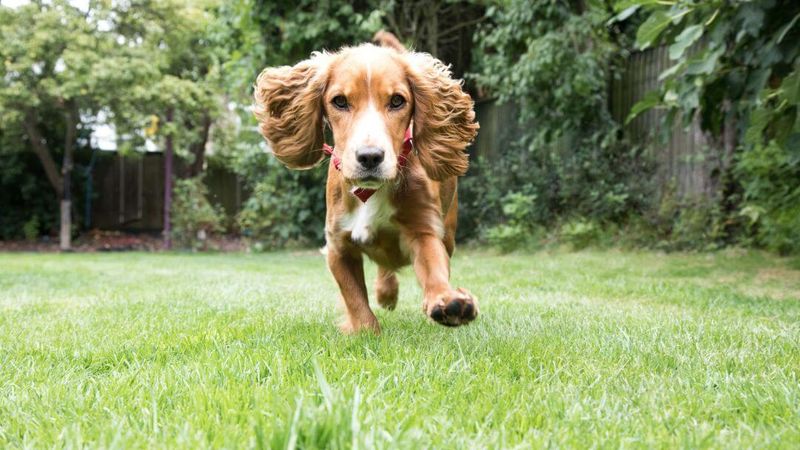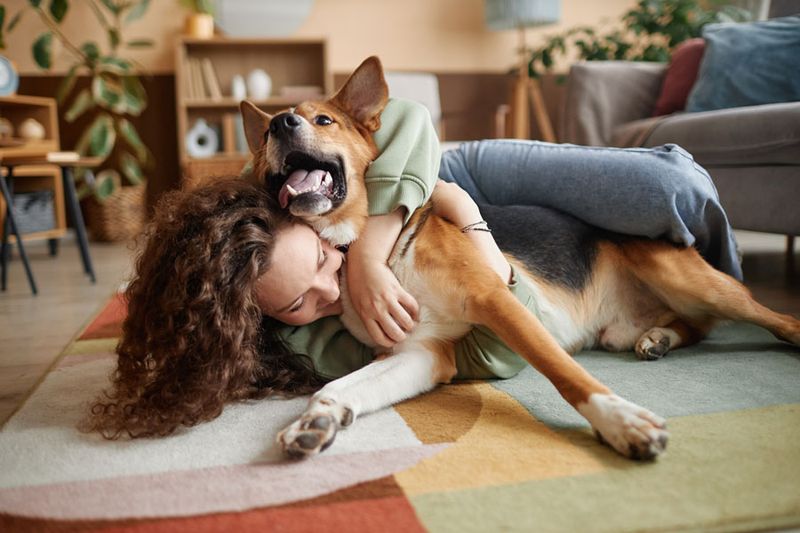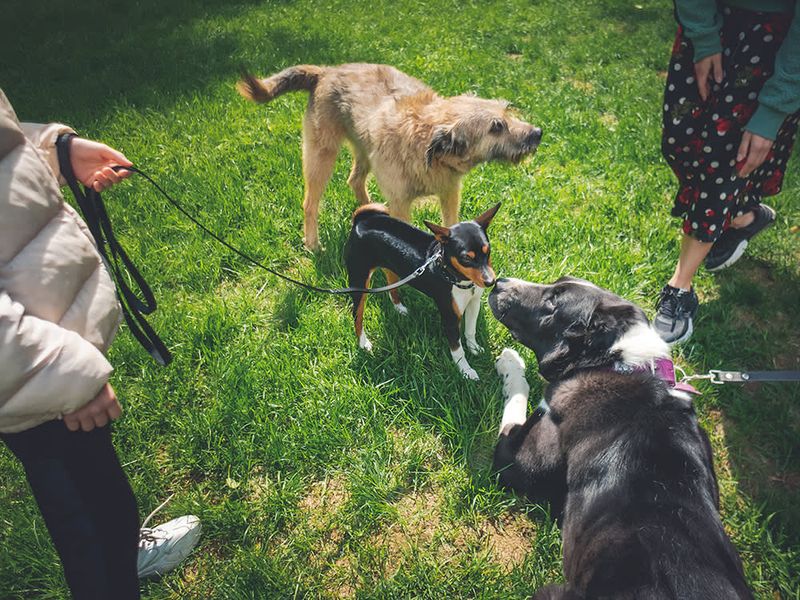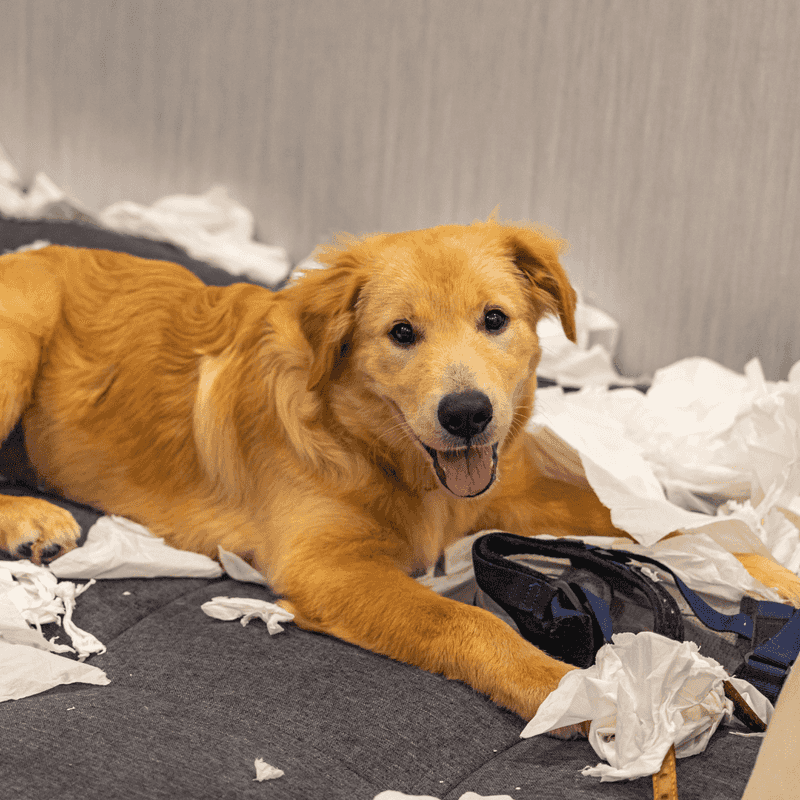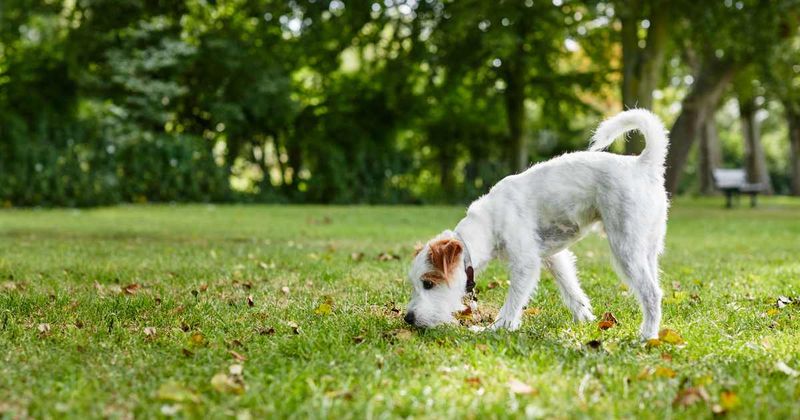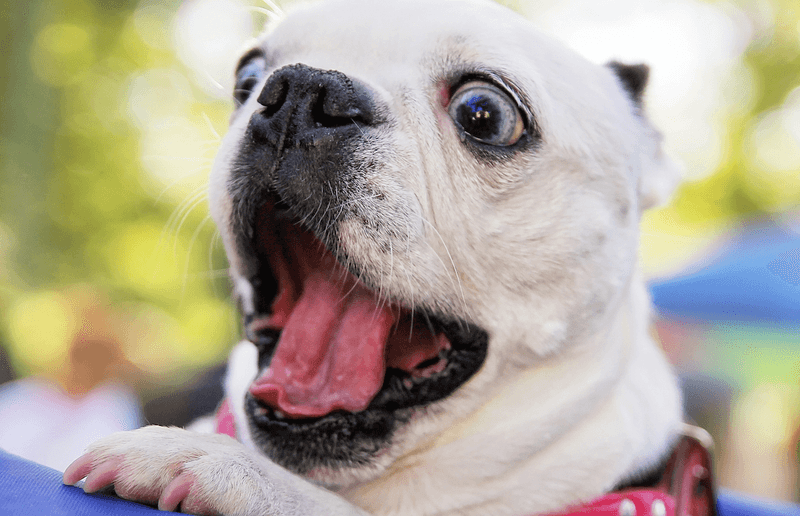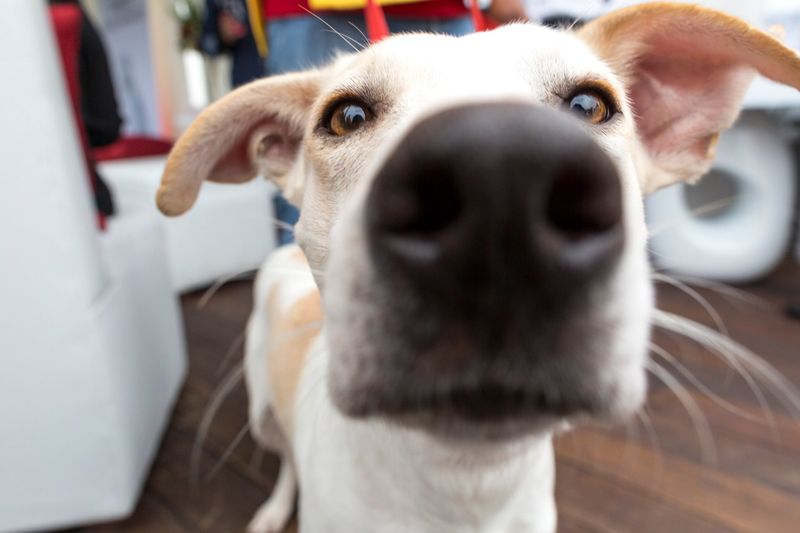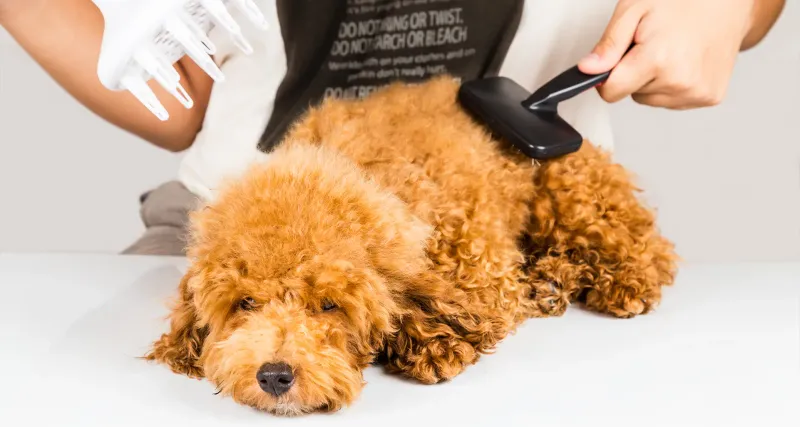Navigating the adolescent phase of a dog’s life can be both challenging and rewarding. During this time, dogs may exhibit new behaviors that can catch even the most experienced pet owners off guard. Understanding these changes is key to fostering a harmonious relationship with your furry friend. This guide will explore 12 common aspects of dog adolescence and provide practical advice to help you manage them effectively.
Increased Energy Levels
During adolescence, dogs often display a noticeable boost in energy. Expect them to be more active than they were as puppies. This newfound vigor can sometimes lead to mischievous behavior, as they may explore their environment with heightened curiosity. Regular exercise is crucial during this stage to help expend their energy positively. Consider activities like fetch, long walks, or agility training. These not only keep them physically engaged but also mentally stimulated. Ensuring they have plenty of playtime can prevent boredom-induced behaviors like chewing on furniture or shoes.
Testing Boundaries
Adolescent dogs often experiment with testing boundaries. This is a natural part of their development, driven by curiosity and a desire to understand their limits. During this phase, you might notice your dog pushing the rules you’ve previously set. Consistent reinforcement of boundaries is essential. Use positive reinforcement to encourage good behavior, rewarding them when they adhere to the rules. Patience is key. Training sessions should be short and engaging, making learning fun and effective. This approach will help them learn what is expected while maintaining a positive relationship.
Hormonal Changes
As dogs reach adolescence, hormonal shifts can lead to behavioral changes. You may observe mood swings, as they navigate through this complex phase. These changes are akin to those seen in human teenagers, influencing how they respond to stimuli. Neutering or spaying can sometimes help in managing these hormonal changes, but it’s important to consult with your vet first. Understanding that these alterations are temporary can help you react with calm and patience. Offering consistent training and affection will aid them in adjusting to their changing bodies.
Socialization Opportunities
Socialization remains crucial during adolescence. Your dog might show increased interest in others, both dogs and humans alike. This period is perfect for reinforcing social skills and exposing them to diverse environments. Regular visits to dog parks can provide them with necessary interactions. Supervised playdates also work wonders in teaching appropriate social cues. Monitoring their interactions ensures they are positive and safe. Remember, socialization helps in reducing anxiety and aggression, fostering a well-rounded companion.
Chewing and Destructive Behavior
Chewing is a common behavior in adolescent dogs. While natural, it can become destructive if not managed properly. Providing appropriate chew toys can redirect this urge away from furniture and belongings. It’s important to recognize that such behavior often stems from boredom or teething discomfort. Engage them with puzzle toys or treat-dispensing games that challenge their minds. Supervision is key during playtime to ensure they’re chewing on safe items. Consistency in correcting unwanted behavior will gradually lead to improvement.
Training Regression
It’s not uncommon for adolescent dogs to experience training regression. Commands they once followed may suddenly seem foreign. This can be frustrating, but it’s a normal part of their development. Revisit basic commands and reinforce training with patience. Short, frequent sessions will keep them engaged without overwhelming them. Consistency is critical. Encouraging progress with praise and rewards can motivate them to remember their training. Overcoming this hurdle strengthens your bond and sets a foundation for future success.
Increased Independence
Adolescent dogs often start showing signs of independence. You might notice them venturing further during walks or exploring new areas with enthusiasm. This independence can sometimes be mistaken for stubbornness. However, it’s a natural progression of their maturing instincts. Encourage safe exploration, ensuring they respond to recall commands. Balancing independence with boundaries helps nurture their confidence while maintaining control. Frequent practice of recall exercises can reassure them of your guidance and support.
Sensitivity to New Experiences
During adolescence, dogs might develop heightened sensitivity to new experiences. This can manifest as fear or anxiety around unfamiliar objects or environments. Gradual exposure and positive reinforcement can help them overcome these fears. Introduce new experiences slowly, rewarding calm behavior and curiosity. Building positive associations with potentially scary situations boosts their confidence. Your reassurance plays a crucial role in helping them navigate these new experiences without stress.
Changes in Appetite
Fluctuations in appetite are common during adolescence. Your dog might eat more or less than usual as they grow. This change is typically temporary and often corresponds with their activity level and hormonal fluctuations. Monitoring their weight ensures they’re getting the right nutrition. Offering a balanced diet tailored to their age and size supports their development. If changes in appetite persist, consult your veterinarian to rule out underlying health issues.
Vocalization Changes
Vocalization may increase as dogs enter adolescence. You might notice your dog barking or whining more frequently. Understanding the causes of this vocalization helps in addressing it. It could be a response to environmental stimuli or a means to seek attention. Redirecting their focus and offering rewards for silence can mitigate excessive barking. Training sessions that include quiet commands can also be beneficial. This approach encourages them to communicate calmly.
Heightened Sensory Awareness
Adolescent dogs often develop heightened sensory awareness. They might become more attuned to scents, sounds, and sights around them. This increased awareness can be both fascinating and distracting. Incorporating sensory games into their routine can harness this attention constructively. For instance, scent-tracking exercises are both challenging and rewarding. Balancing exploration with training helps them focus. This stage is an opportunity to reinforce their learning with new and exciting activities.
Coat Changes
As dogs mature, their coat may undergo changes in texture or color. This is part of their natural development and varies among breeds. Regular grooming becomes essential to manage shedding and maintain a healthy coat. Brushing not only keeps their fur in top condition but also strengthens your bond. Observing changes can also alert you to potential health issues. Consulting with a groomer can provide insights into breed-specific care. Embracing these changes with proper grooming ensures they stay comfortable and confident.

